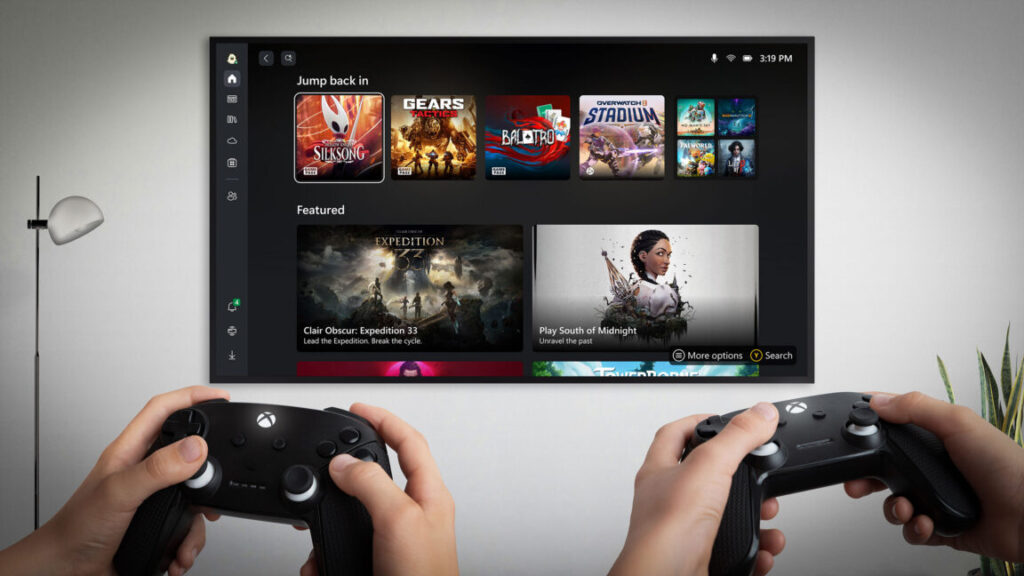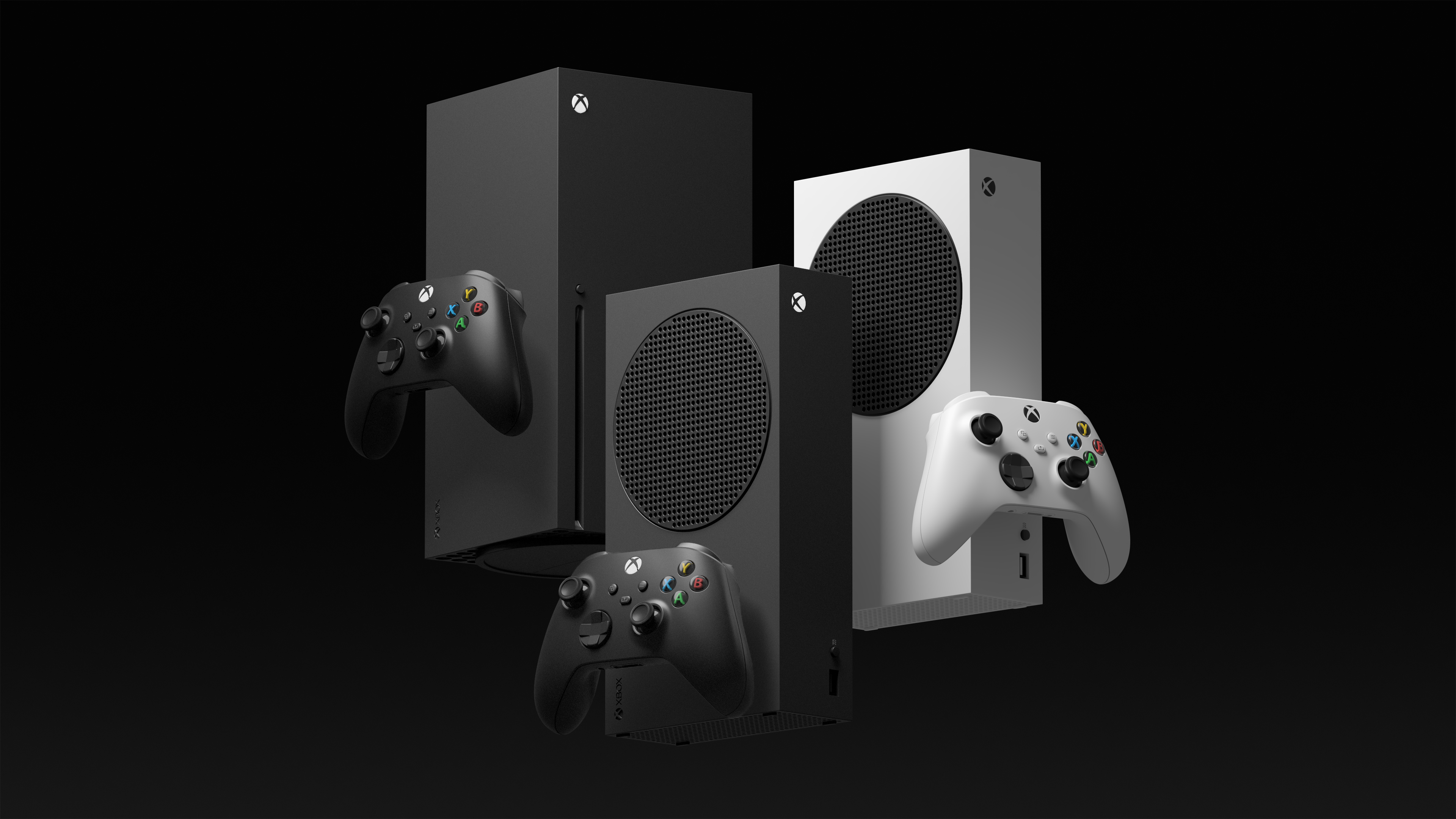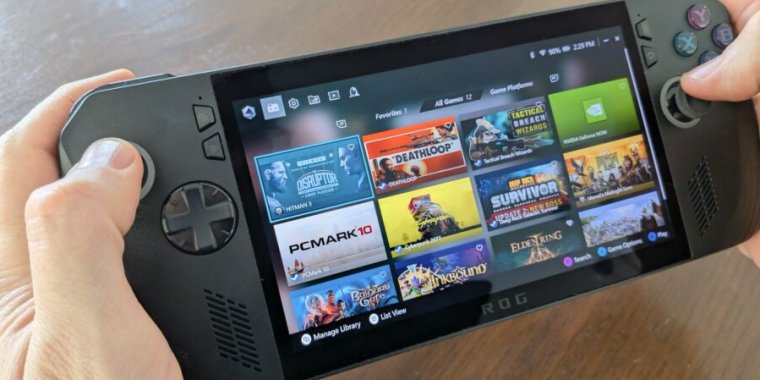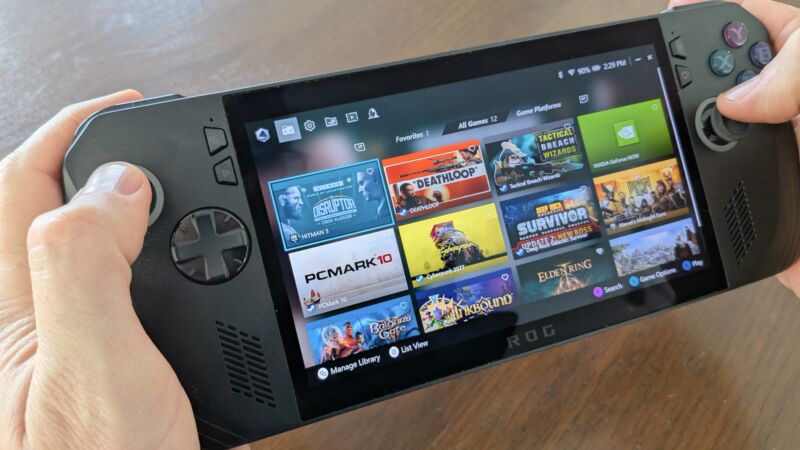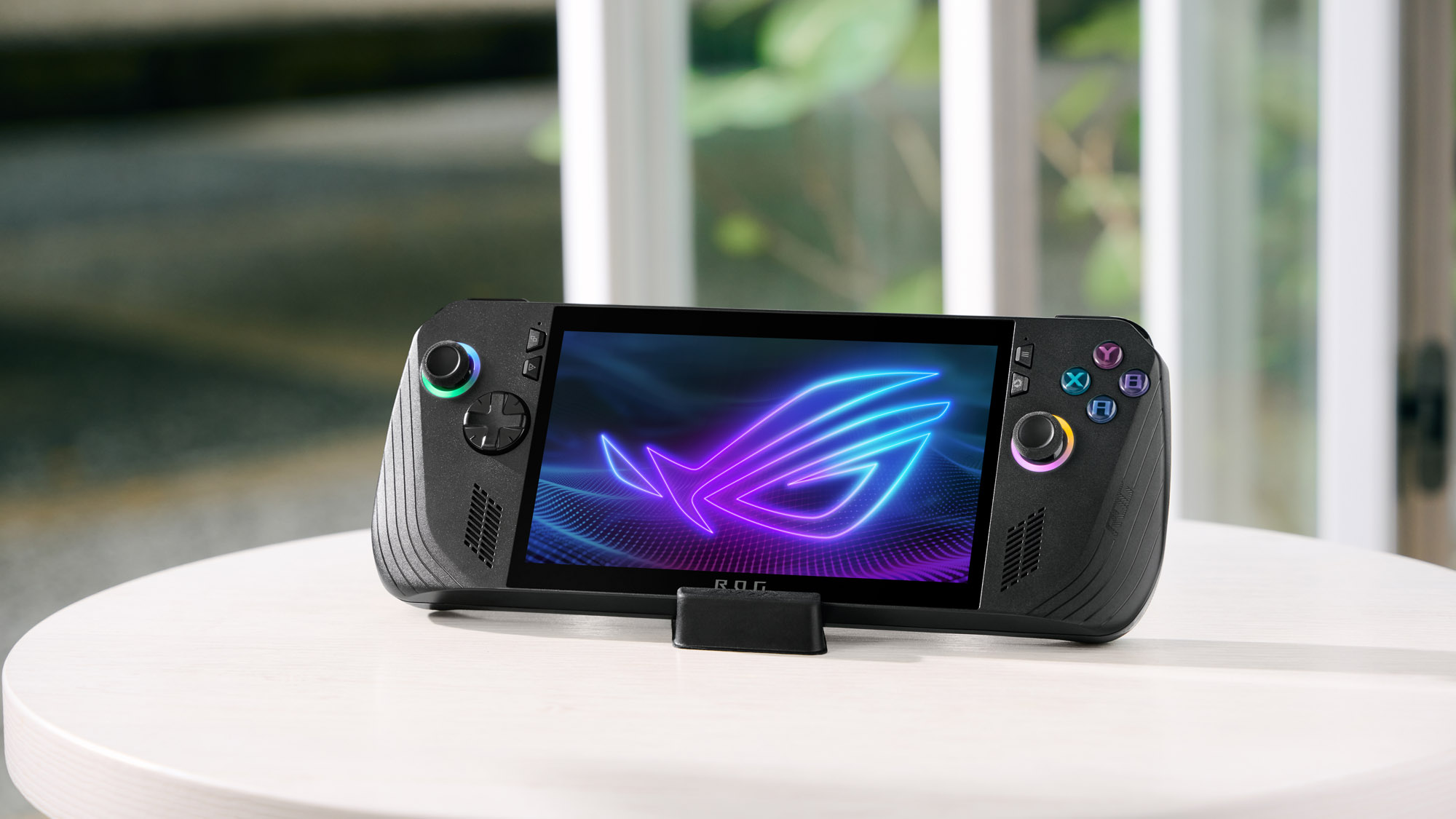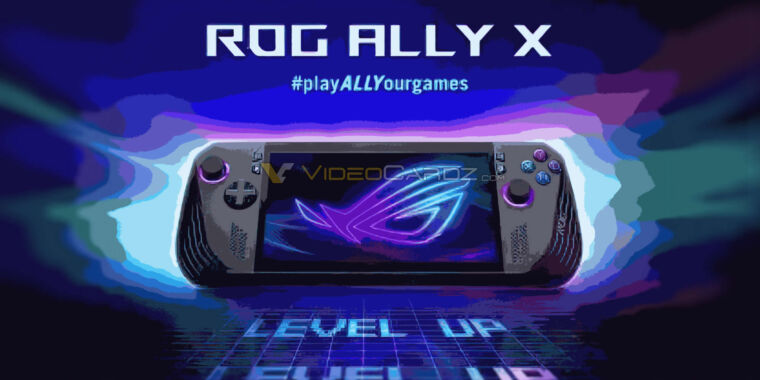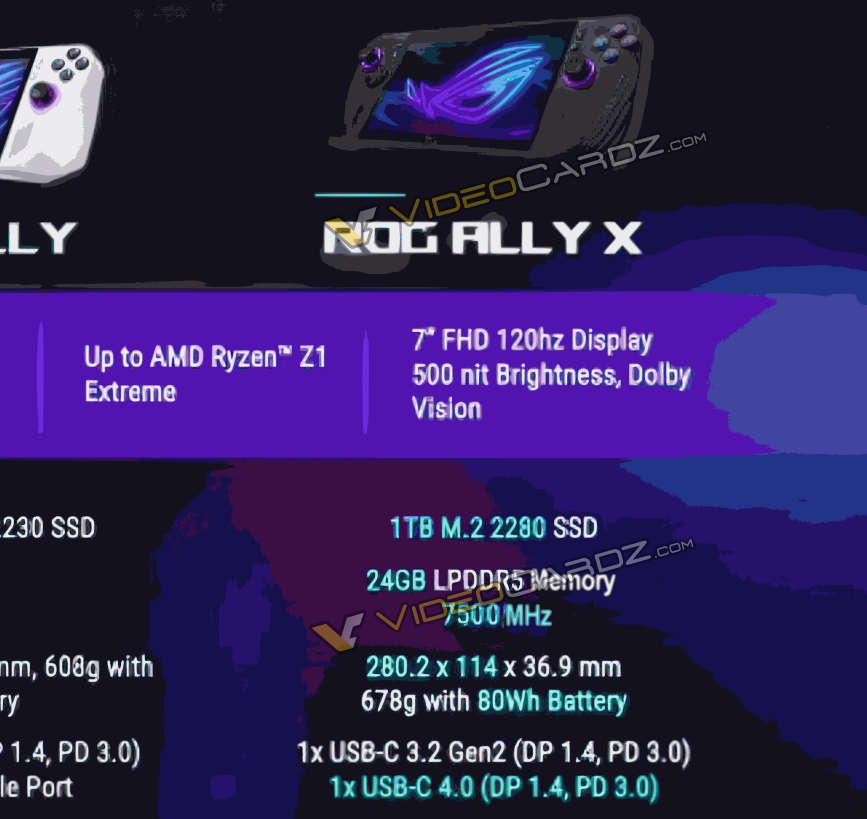Why Microsoft’s next Xbox should just run Windows already
Microsoft’s “Xbox Series” consoles haven’t exactly been tearing up the sales charts. Credit: Microsoft
On the PC side, though, Microsoft is still a force to be reckoned with. Practically every desktop or laptop gaming PC runs Windows by default, despite half-hearted efforts by Apple to turn MacOS into a serious gaming platform. And while Valve’s Linux-based SteamOS has created a significant handheld gaming PC niche—and is hinting at attempts to push into the gaming desktop space—it does so only through a Proton compatibility layer built on top of the strong developer interest in Windows gaming.
Microsoft is already highlighting its software advantage over SteamOS, promoting the Xbox Experience for Handhelds’ “aggregated game library” that can provide “access to games you can’t get elsewhere” through multiple Windows-based game launchers. There’s no reason to think that living room console players wouldn’t also be interested in that kind of no-compromise access to the full suite of Windows gaming options.
Microsoft has been preparing the Xbox brand for this ultimate merger between PC and console gaming for years, too. While the name “Xbox” was once synonymous with Microsoft’s console gaming efforts, that hasn’t been true since the launch of “Xbox on Windows 10” in 2015 and the subsequent Windows Xbox app.
Meanwhile, offerings like Microsoft’s “Play Anywhere” initiative and the Xbox Game Pass for PC have gotten players used to purchases and subscriptions giving them access to games on both Xbox consoles and Windows PCs (not to mention cloud streaming to devices like smartphones). If your living room Xbox console simply played Windows games directly (along with your Windows-based handheld gaming PC), this sort of “Play Anywhere” promise becomes that much simpler to pull off without any need for porting effort from developers.
These are the kinds of thoughts that ran through my mind when I heard Bond say yesterday that Xbox is “working closely with the Windows team to ensure that Windows is the number one platform for gaming” while “building you a gaming platform that’s always with you so you can play the games you want across devices anywhere you want, delivering you an Xbox experience not locked to a single store or tied to one device.” That could simply be the kind of cross-market pablum we’re used to hearing from Microsoft. Or it could be a hint of a new world where Microsoft finally fully leverages its Windows gaming dominance into a new vision for a living room Xbox console.
Why Microsoft’s next Xbox should just run Windows already Read More »
